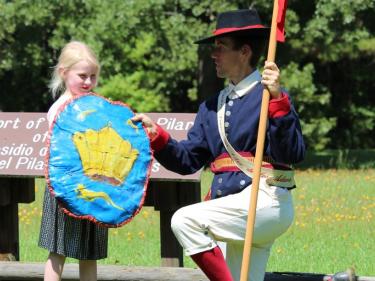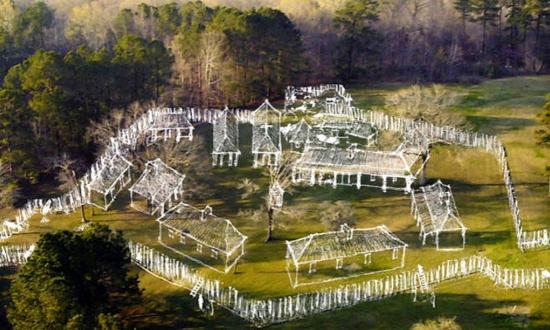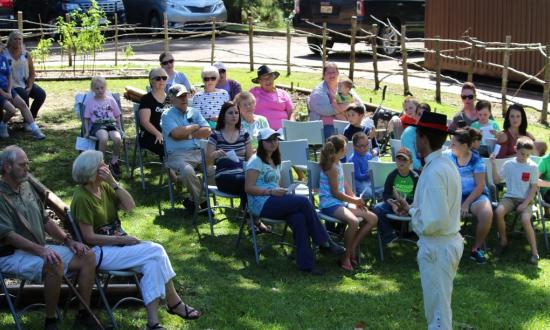
Los Adaes State Historic Site
6354 Hwy. 485
Robeline, LA 71449
United States
- Los Adaes State Historic Site is now operated by Cane River National Heritage Area
- please call 318-356-5555 for more information.
Free
Los Adaes, the symbol of New Spain in Louisiana, was once the capital of Texas and the scene of a unique cooperation among the French, the Spanish and the indigenous Native Americans. An area rich in archaeological finds, it thrives today as one of Louisiana's most intriguing state Historic Sites. Click here for additional information about excavations at and resulting discoveries about the history of Los Adaes, courtesy of the Louisiana Division of Archaeology.
Los Adaes dates back to the early 1700s when a Franciscan missionary, Father Francisco Hidalgo, urged the French governor of Louisiana to establish a post near east Texas. The missionary's objectives weren't purely religious; he knew that such an action by the French would alert New Spain and cause the Spanish government to re-establish previously closed Spanish military posts and Franciscan missions. The founding of Natchitoches in 1714 by the Frenchman St. Denis and the subsequent construction there of Fort St. Jean Baptiste had the predicted effect. In 1716, the Spanish established six missions and one fort in east Texas.
In 1719, an attack on Mission San Miguel - 15 miles from the French Fort St. Jean Baptiste - alarmed the Spanish and they built a new presidio, or fort, to counter any further French intrusion into Spanish territory. The Presidio Nuestra Señora del Pilar de Los Adaes (Fort of Our Lady of Pilar at the Adaes) was surrounded by a hexagonal stockade with three bulwarks. In 1729, Spain designated Los Adaes the capital of the province of Texas. This made Los Adaes the official residence of the governor, and a house was constructed for him within the presidio. Los Adaes remained the administrative seat of government for the entire province for the next 44 years.
Life at Los Adaes was harsh. Poor land and crop failures meant constant food shortages and rainy weather often meant spoiled supplies. The nearest Spanish supply post was 800 miles away and that distance, combined with rain, floods and hostile Native Americans, resulted in chronic shortages of everything. Without the trade of the French at Natchitoches, the inhabitants of Los Adaes would have starved. Although Spain strictly prohibited trade with the French, the latter eagerly sought it. The French took advantage of supply shortages at Los Adaes, and an illicit trade soon flourished between the two posts.
In 1772, ten years after Louisiana was transferred to Spain, Los Adaes closed and the inhabitants moved to San Antonio. However, many of the 500 soldiers and family members soon left San Antonio and returned to Louisiana, where their descendants live today.


